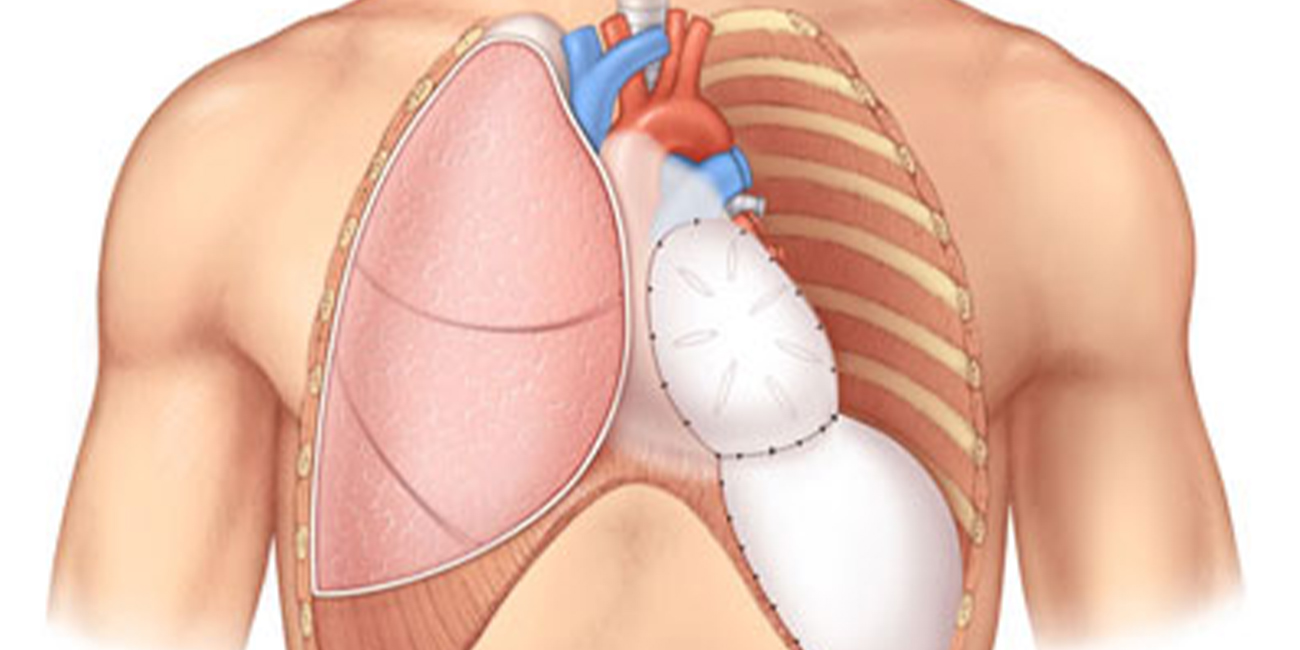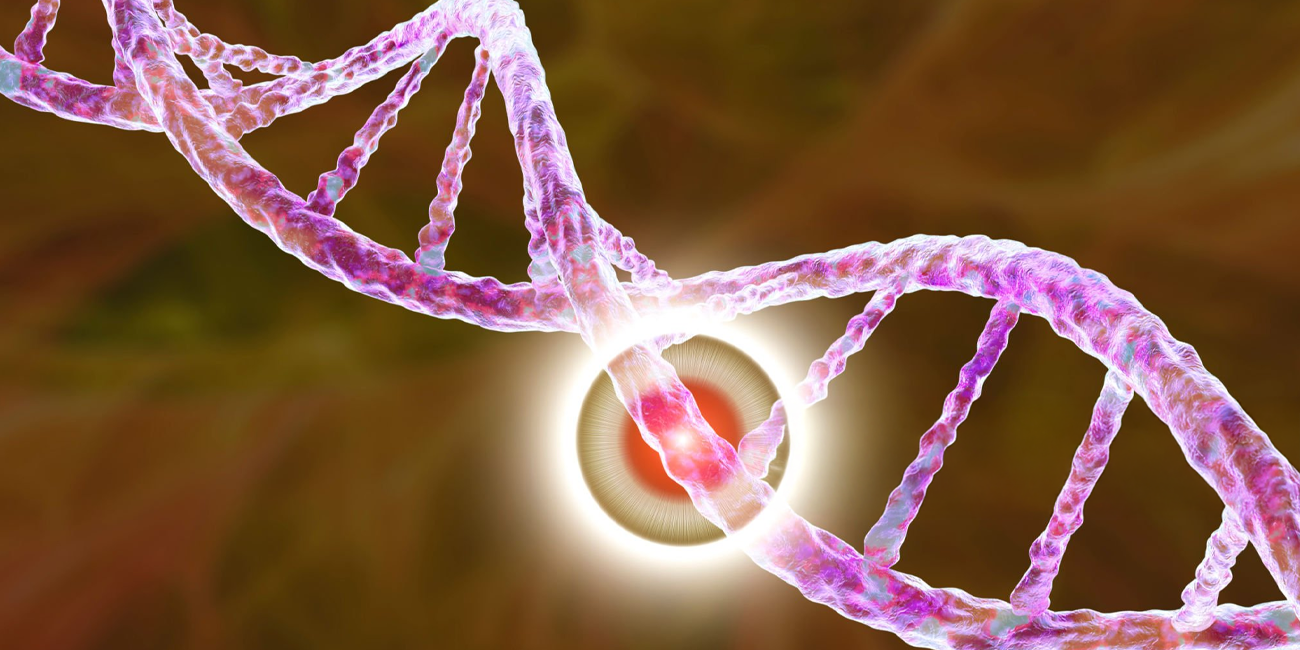
Book a Consultation
Thank you!
Your form has been sent successfully.



September 14, 2021
According to the researchers*, hematologic cancer is the fourth most commonly diagnosed malignancy in the United States. This cancer occurs when the extension of abnormal blood cells surpasses the growth of normal blood cells in blood-forming tissues, like the bone marrow or the immune system cells.
This cancer affects the composition and functioning of blood cells in the body and mostly starts in the bone marrow, where the production of blood happens. This is why this type of cancer is also identified as blood cancer.
Hematologic cancers are caused by abnormal growth and multiplication of cancerous blood cells. These cells originate from normal blood cells that have changed, limiting the growth and division of other healthy blood cells. The cancer cells arise from white blood cells like lymphocytes, granulocytes, and plasma cells. Scientists don’t understand what causes a healthy cell to transform into a blood cancer cell, but the combination of genetic and environmental factors is held responsible for its occurrence.

There are three types of hematologic cancer, and all of these make your bone marrow and the lymphatic system produce blood cells that don’t work as they are supposed to. They all affect diverse white blood cells and act in different ways.
Leukemia is a cancer of the blood cells within your blood and bone marrow. It is caused by the accelerated development of abnormal white blood cells. The higher volume of cancerous white blood cells is not capable of fighting infections, so they weaken the capability of bone marrow to produce platelets and healthy red blood cells. The kind of leukemia depends on the nature of the blood cell that has grown cancerous.
For instance, lymphoblastic leukemia is a cancer of white blood cells. It is said to be the most common kind of blood cell to become cancerous. But in some cases, red blood cells and platelets can also become cancer.
Types of leukemia are:
As the name suggests, lymphoma is a type of blood cancer that begins in cells of the lymph system. This type of cancer affects the lymphatic system that eliminates excess body fluids and also produces immune cells. Lymphocytes (a type of white blood cells) are a part of the immune system that improves the capability of the body to fight infections and diseases. Abnormal lymphocytes become cancerous lymphoma cells that double and accumulate in your lymph nodes as well as other tissues.
With time, these cancerous cells weaken your immune system and make you sick. Lymphoma cancer can occur in both children and adults. Since lymph tissue is found throughout the body, lymphoma can occur anywhere. There are two types:
Myeloma is a type of blood cancer that begins in the blood plasma cells (white blood cells produced in the bone marrow that make antibodies). Plasma cells make too many abnormal plasma cells in the bone marrow, and these cells produce proteins with abnormal antibodies built up in the bone marrow that can cause thickening of the blood or damage to the kidneys. These abnormal plasma cells can also develop tumors in bones or soft tissue.
With a single tumor, the disease is called a plasmacytoma. A disease with more than one tumor is called multiple myeloma. Both these cancers are malignant.
The signs and symptoms of this cancer may differ with the type of cancer you may have. Usually, their symptoms show up gradually, and you might not even notice them, but all of these cancers may commonly include the following symptoms:
Read more: How to Prevent Dehydration During Cancer Treatment
In some cases of multiple myeloma, patients may not show any signs or symptoms for a long time, and myeloma is often not detected until it is in an advanced stage. Pain in bones and joints is a common symptom of advanced multiple myeloma. Some other symptoms may include repeated infections, itchy skin or skin bruises, shortage of red blood cells, and weakness.
Several people with clear symptoms are scared to get tested because they are afraid of cancer diagnosis. Nevertheless, if the disease is caught in its early stages, it is easily treatable. Therefore, individuals with symptoms should get screened for cancer regularly.

Treatment for hematologic cancer completely depends on the kind of cancer you are diagnosed with. Some other major affecting factors may include the age of an individual, progressing speed of cancer, and where and how much the cancer has spread. Some common cancer treatments and therapies for leukemia, lymphoma, and myeloma include:
A stem cell transplant is a process of infusing healthy blood-forming stem cells into the patient’s body. Stem cells can be collected from bone marrow or blood. A stem cell transplant can be a possibility in a few cases, but not everyone with blood cancer is a suitable candidate for this treatment. A patient may also be given high doses of chemotherapy before a stem cell transplant.
Chemotherapy uses medications and drugs to either kill cancer cells or interfere with and prevent the growth of cancer cells. Chemotherapy for cancer may involve giving certain drugs altogether. Chemotherapy treatment has many different types and can be given to a patient via different modes like intravenous drip (IV) and injections. Though, a medical practitioner may sometimes give individuals oral medications too.
Read more: Do’s and Don’ts of Post-chemotherapy Recovery
This treatment can be practiced to kill cancer cells or relieve the pain and discomfort of a patient. Radiation therapy is the process of applying special x-rays and gamma rays straight into the cancer cells to stop them from reproducing and spreading. An oncologist can target the impaired bone marrow with a high-powered beam of radiation. In some cases, if cancer has spread everywhere in the body, the patient may have to go through total body radiation.
An individual may need to stay in the hospital for a few days following complete body radiation therapy.
Read more: 7 Ways to Reduce Side Effects of Radiation Therapy on Skin
These therapy drugs combat specific types of cancer cells in a specific way. Unlike chemotherapy and radiation therapy treatments it limits harm to healthy cells and often has fewer side effects than chemo. Yet again, targeted therapy drugs may not be suitable for all blood cancer patients.
This type of treatment uses the patient’s immune system to kill cancer cells or impede their growth. The purpose of this treatment is to induce the immune system to identify and destroy cancer cells. Biological therapy is a very active area of cancer study and research and is also used widely in clinical trials.
Implementation of all these treatments completely depends on the type of your hematologic cancer, how far it has spread, and some other related factors. Ask if you have any doubts, your hematology specialists are there to help you understand your diagnosis and all your available treatment alternatives. Clear communication with your doctor will help you stay positive and make the best decision for your recovery and treatment. For any queries or concerns about hematologic cancer, contact ACTC and schedule an appointment with our cancer care specialists.
* Data retrieved from National Library of Medicine



December 24, 2025
It's natural to wonder if testosterone replacement therapy (TRT) is sa...
KNOW MORE

December 24, 2025
A rash that will not calm down is scary, especially when it changes or...
KNOW MORE

December 24, 2025
Florida’s lung cancer burden remains significant and affects many fa...
KNOW MORE

December 24, 2025
A partial hysterectomy, also called a supracervical hysterectomy, is s...
KNOW MORE

December 24, 2025
Finding a rash on your breast can be unsettling, but remember, many ra...
KNOW MORE

December 16, 2025
Hearing a HER2 gene mutation on a report can feel scary, but it also p...
KNOW MORE
